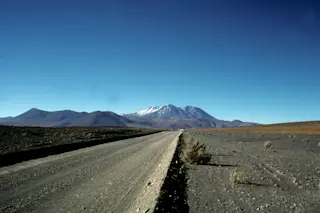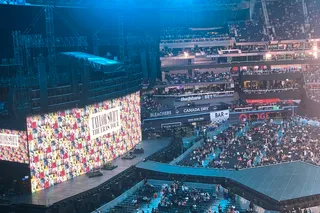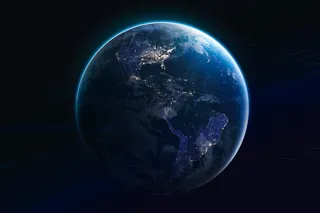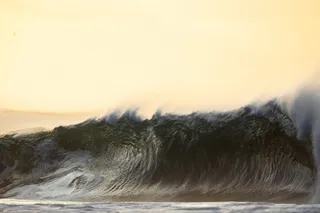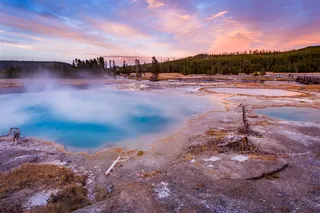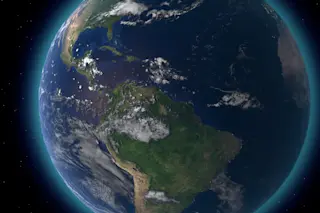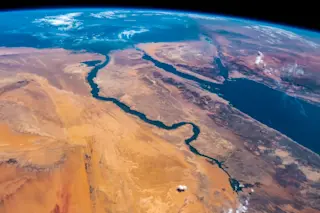Our first approach to Aucanquilcha, my thesis volcano in Chile. Erik Klemetti
So, a few weeks back I got to tell a story about my experience as a geologist as part of a Story Collider show here at Denison. Let me tell you, it was an awesome experience, to share about what I've done as a scientist. At some point, I'll be able to link to video and/or audio of my storytelling, but for now, I thought I'd share the story I wrote. Hope you enjoy it.
---- It was a snowy day in Philadelphia when it all started. I had graduated from college 8 months prior and was writing about Thomas Paine for a living because somehow my history rather than my geology degree got me my first job. That day, I was working at home when the phone rang. When I answered, on the other end was Dr. ...


